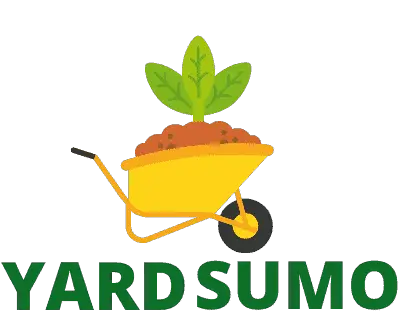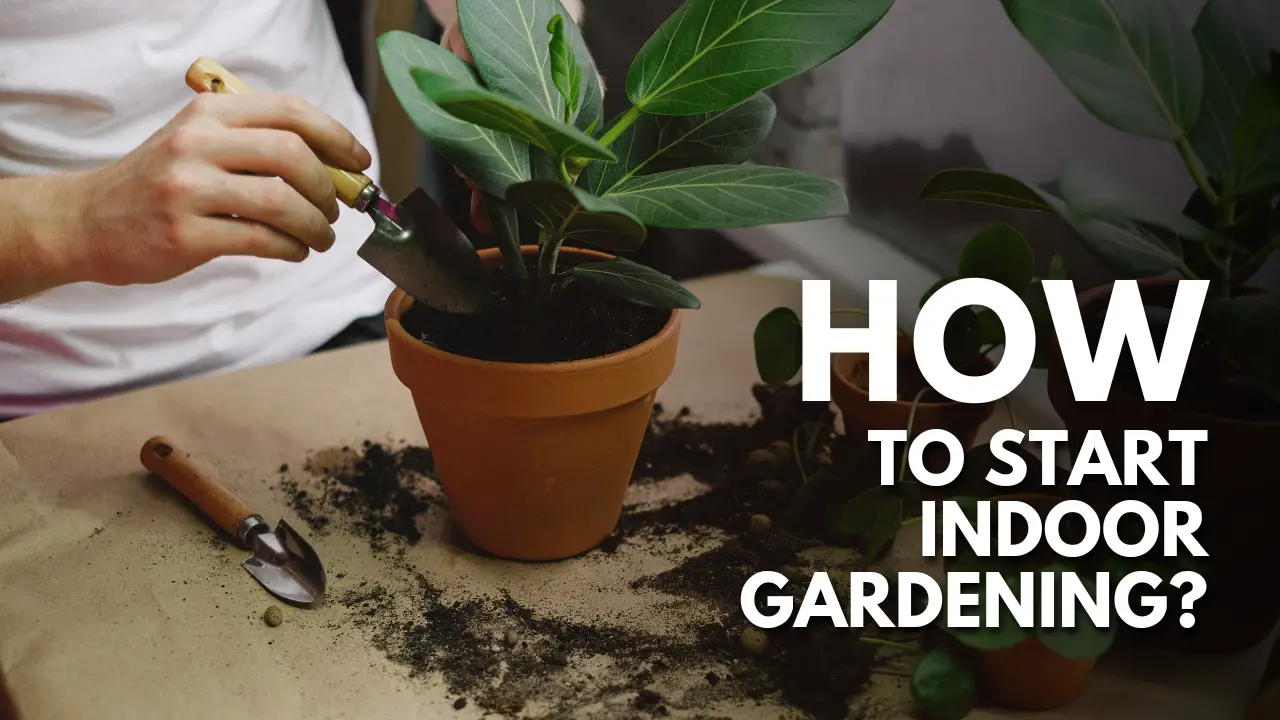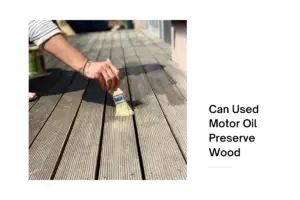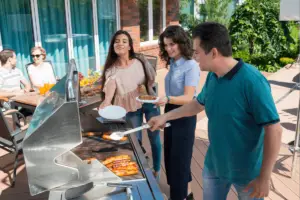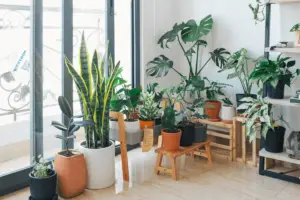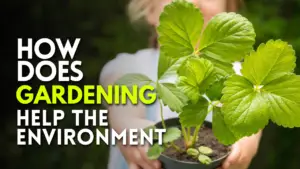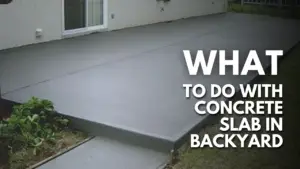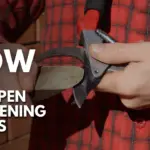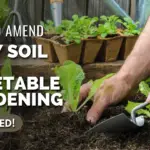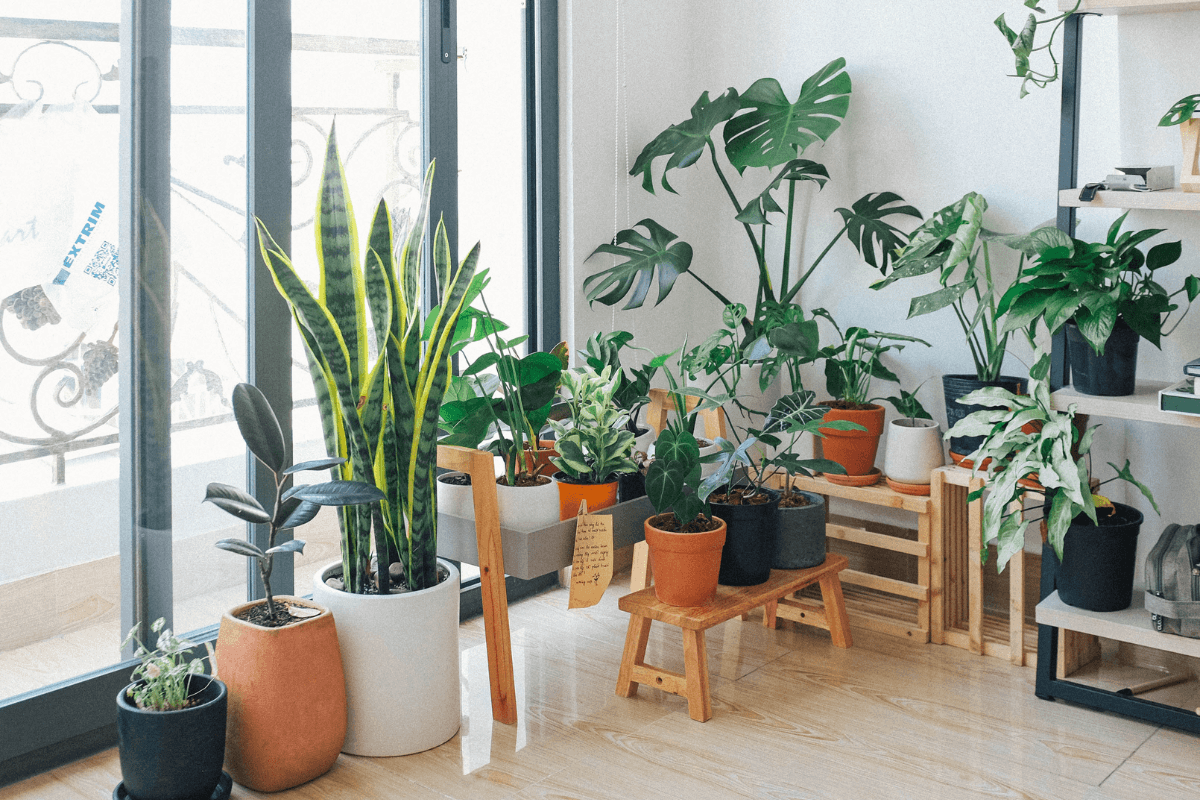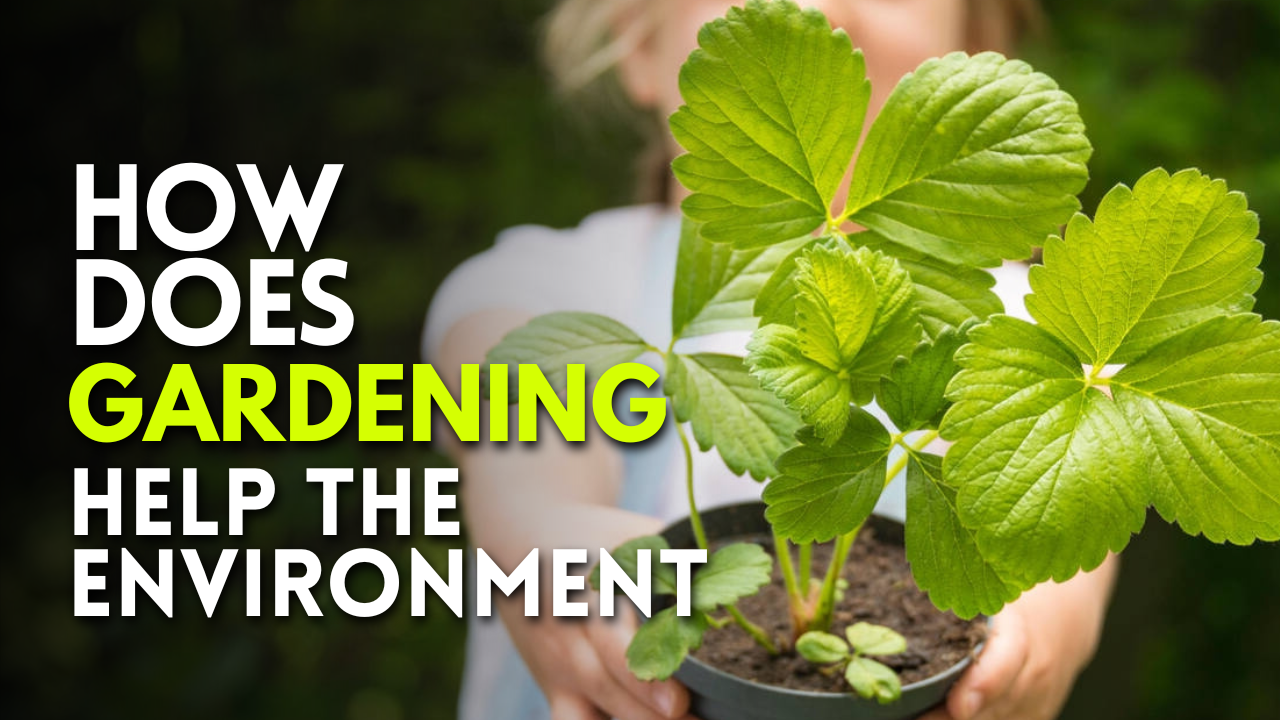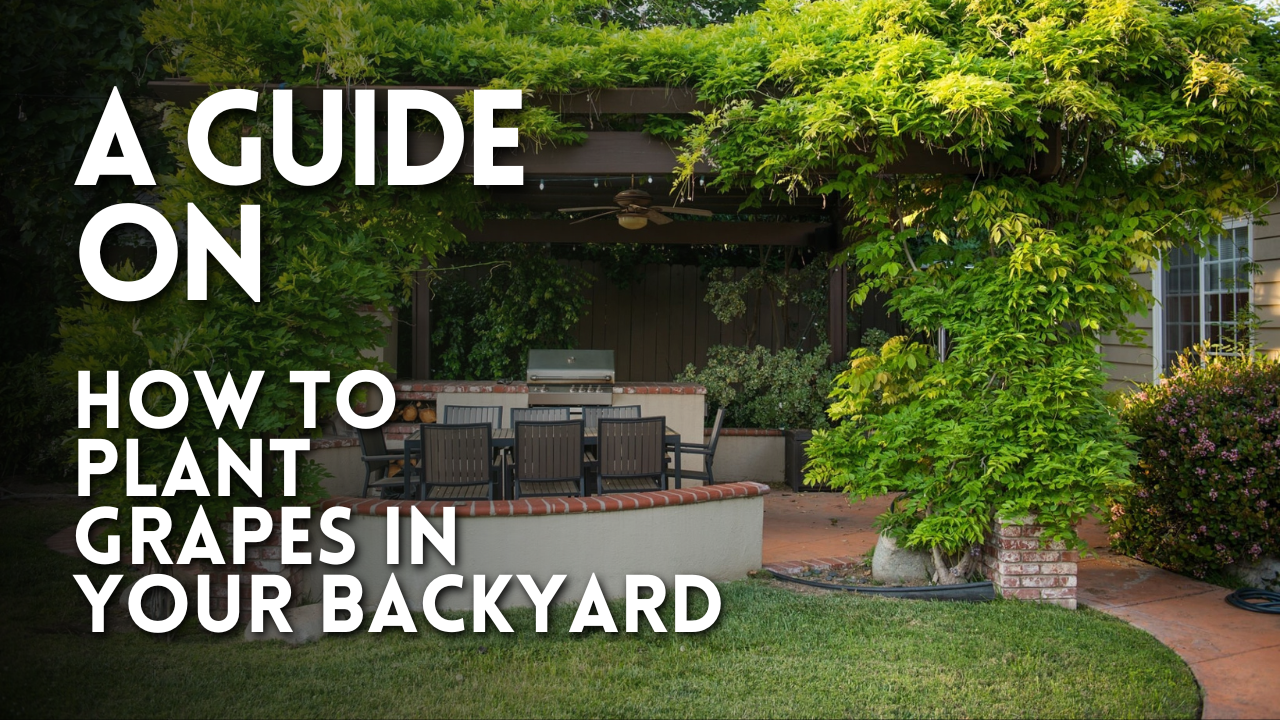Your outdoor garden will thrive during the summer and spring. But come fall, it will be easier to start growing indoors. Indoor gardening is just as easy and requires only water, soil, and seeds!
This article will make the transition from outdoor to indoor gardening effortless! We will discuss the essential tools required, indoor gardening tips, and mistakes to avoid.
Without further ado, let’s dig in!
Essential Tools for Indoor Plant Care
You will require more tools and accessories than you already have for indoor gardening. They are:
1. Hygrometer
A hygrometer is a tool that measures the humidity level of a room. On average, the humidity of a room is around 30–40%. But, if you have planted tropical indoor plants, the humidity level should be 50–60%.
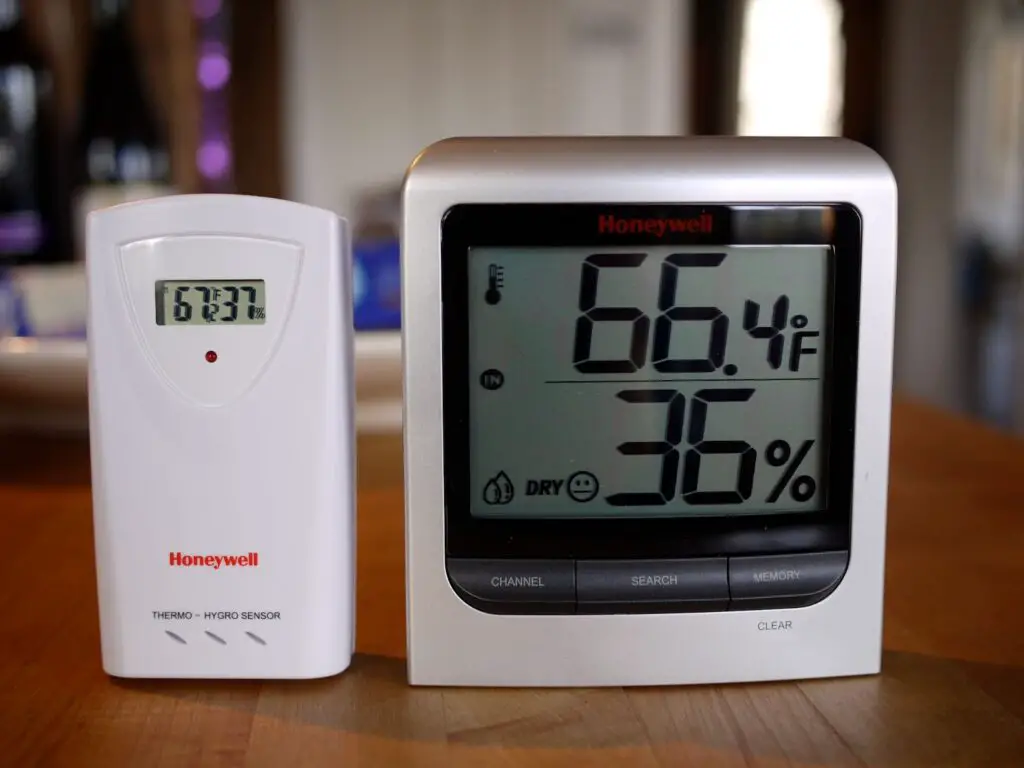
If you grow plants in different rooms, buy a few to keep in each room. Invest in a humidifier to increase and decrease the humidity levels.
2. High-Pressure Spray Bottle
A high-pressurized spray bottle or any bottle with a spray nozzle is excellent for plant maintenance. You can use it to spray pesticides or water on leaves to keep them clean.
3. Gloves
If you have any thorny plants, like a cactus, you should invest in a pair of protective gloves, which will make handling the cactus much easier.
4. Trowel
A trowel is used to move or loosen the soil. It will make repotting plants a whole lot easier. Buy a good quality trowel or fork that doesn’t break at the handle when handling hard soil.
Basics of Indoor Gardening for Beginners
Many would agree that indoor gardening is just as simple as outdoor gardening. Indoor plants are low-maintenance, and you won’t have to spend too much time caring for them.
Let us look at the basics of indoor gardening:
1. Position of the Plant
Plants are dependent on light for photosynthesis. When a plant is outside, it gets plenty of sunlight throughout the day. So, when you bring the plants indoors, they should be kept near a window, on the balcony, or in a place that sees lots of daylight.
Each plant has different requirements, so where you place them depends on your type. Here are some plants you can get based on the light an area receives:
- High-Intensity Light– Succulents, fruit trees, Hibiscus, herbs and vegetable plants, Begonias, etc. They should be placed near the window so they receive direct sunlight.
- Medium Bright Light– Ferns, Syngoniums, money plants, spider plants, dracaenas, etc. These plants can be grown even if they do not receive direct sunlight.
- Low Light– Cast iron plant, silver satin, ZZ plant, snake plant, staghorn fern, etc. These plants will thrive even in the darkest corners of your house.
You can use grow lights indoors if you don’t have a window that gets direct sunlight in winter. Some popular grow light options are fluorescent lightbulbs, LEDs, and high-pressure sodium lights.
2. Potting Soil
Plant roots can reach deep into the ground for nutrients and water in the soil. But indoor gardening restricts the growth of roots in plants because of limited space in the container or pot.
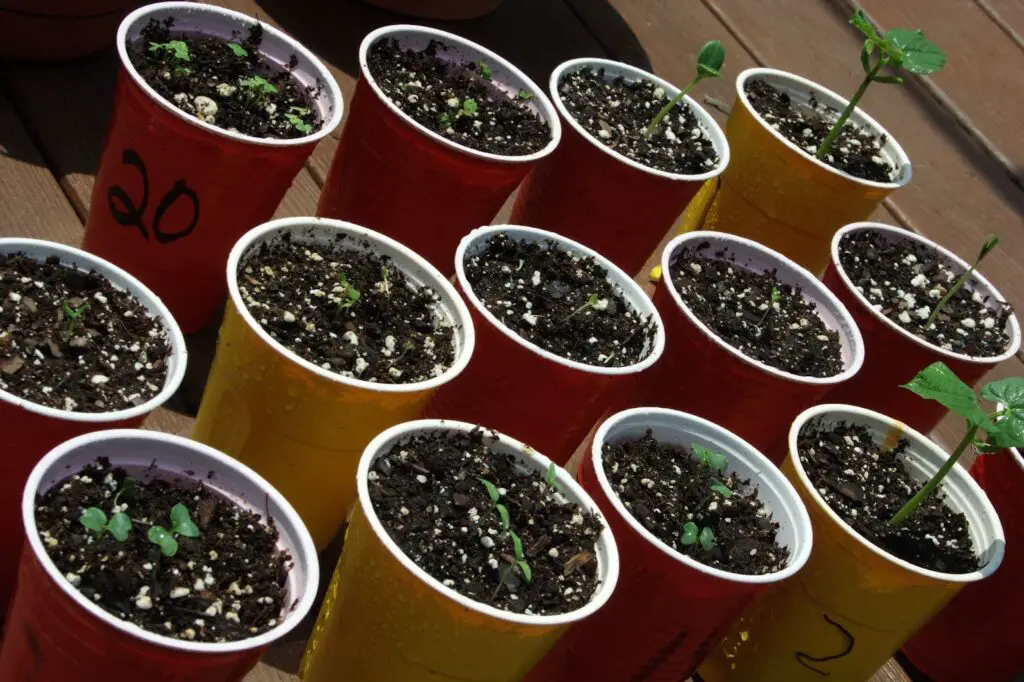
Potting soil or a growing medium plays a vital role in indoor gardening. An ideal potting mix will keep your plants healthy, free from pests, and boost growth. The following are the characteristics of a proper soil mix:
- pH Level– The soil’s pH level indicates the soil’s acidity or alkalinity. The pH of the soil depends on the plant you will be growing in it. Magnolias, daffodils, and hydrangeas grow in acidic soil. Asparagus, foxgloves, and daylilies grow better in alkaline soil.
- Weight– Optimally, the soil used in potting mixes should be lightweight, so it is easy to transport the pots from one place to another.
- Free of Pathogens– The growing medium for plants should be free of soilborne pathogens and pests, such as bacteria, weed seeds, fungi, etc. You can sterilize the soil to get rid of pests.
The essential components of a potting mix are peat moss, compost, vermiculite, sand, coir fiber, perlite, and fertilizers.
3. Watering Plants
Here are some tips on how to water plants properly:
- Always opt for pots that have a drainage hole at the bottom. If you think the soil is soggy a few hours after watering, let the water drain out of the hole. If you don’t drain excess water, the airflow will be restricted.
- Spray the leaves with water to wash off dirt particles, but watering them too often might encourage fungus growth.
- Do not overwater the plants because that can cause the leaves to wilt. Moreover, the soil will get waterlogged, oxygen levels will be reduced, and the nutrients will be washed away by excess watering.
- Do not water the leaves. It would be best if you water at the base of the plants so it reaches the roots. The roots will absorb water and transport it to other parts of the plants, such as the leaves.
- The best time to water indoor plants is in the early morning hours. The plant will have time to absorb the water before the sun rises. Do not water them at noon because the sun will be out and the water will evaporate.
- You may need to water the plants multiple times in scorching temperatures. To check, insert your finger into the soil; if it is moist, don’t water it.
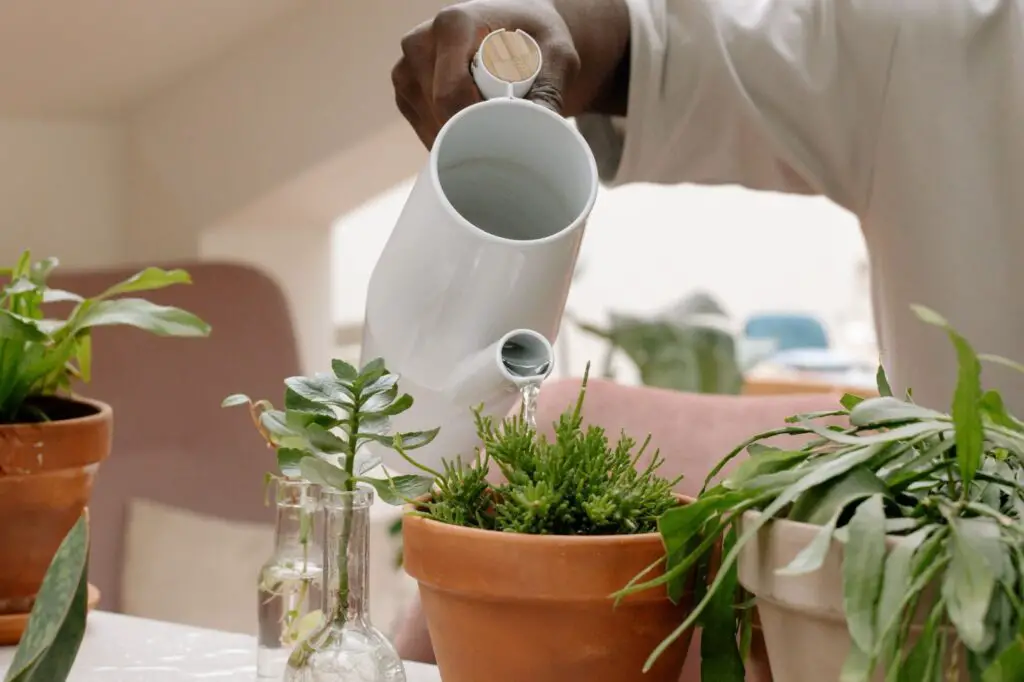
Indoor Gardening Mistakes to Avoid
From our years of experience in indoor gardening, we are sharing some tips on how to avoid making these common mistakes when it comes to growing plants indoors:
1. Not Knowing the Origin of the Plant
If you are aware of the origins of the plant, you can try to replicate the weather conditions in your growing room for the plant to flourish. For example, succulents need bright light so that you will place them on the windowsill.
You can ask the staff at the nursery about the soil type, water and light requirements, suitable temperature, etc., of the plant you buy.
2. Overwatering
People new to gardening make the mistake of overwatering plants, which can kill the plants by creating an unhealthy environment. Overwatering will cause the leaves to turn yellow and wilt.
You can test the soil’s moisture by putting in your finger or inserting a bamboo skewer.
3. Not Removing Dead Leaves
People get lazy when removing old yellow leaves, but it is vital to promote the growth of fuller and healthier foliage.
Conclusion
Research shows that indoor gardening is a means to reduce stress and boost creativity and productivity. To get started, you need to know the right place to keep the plants, choose suitable soil, and water them regularly. It’s that simple!
